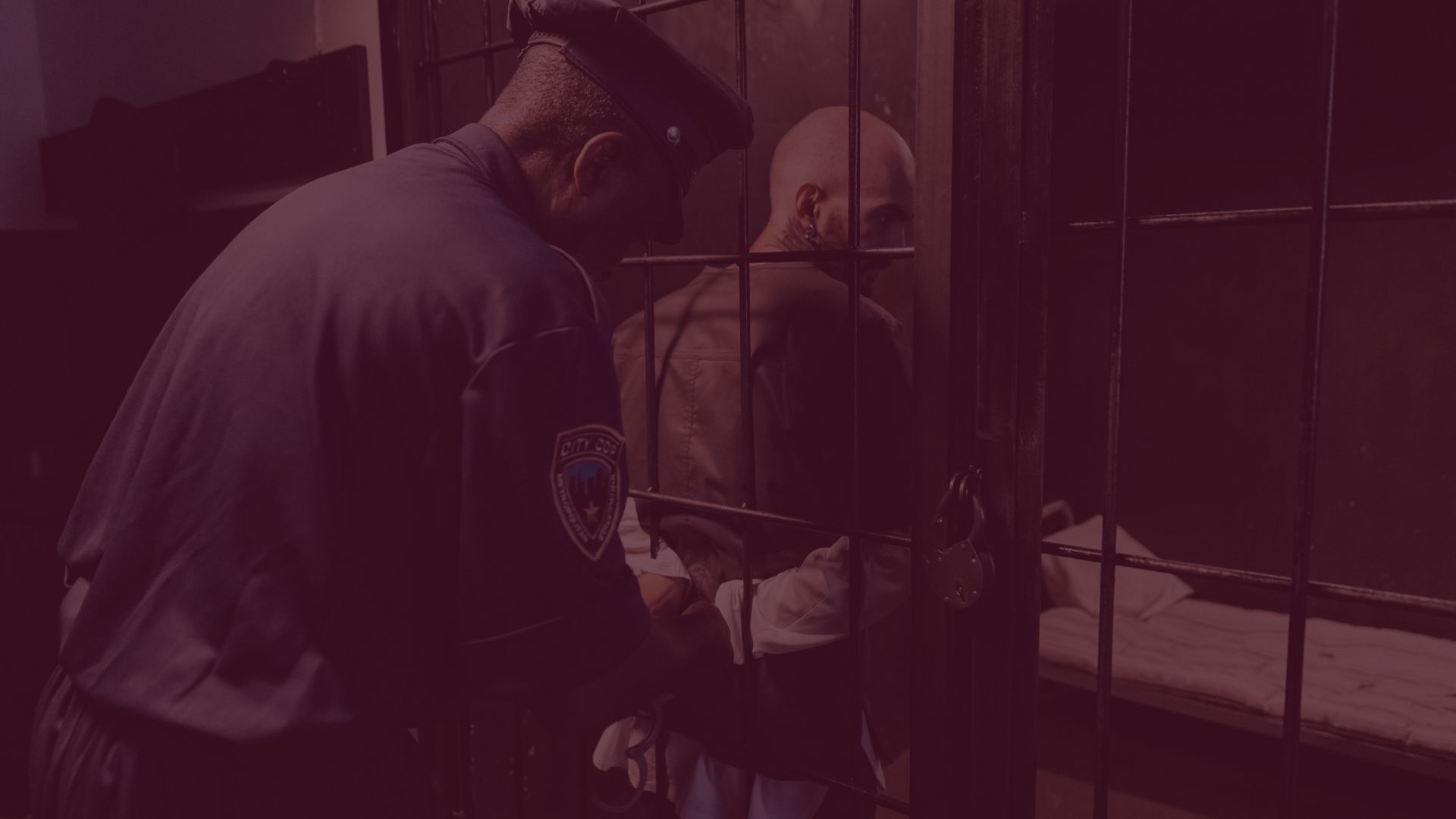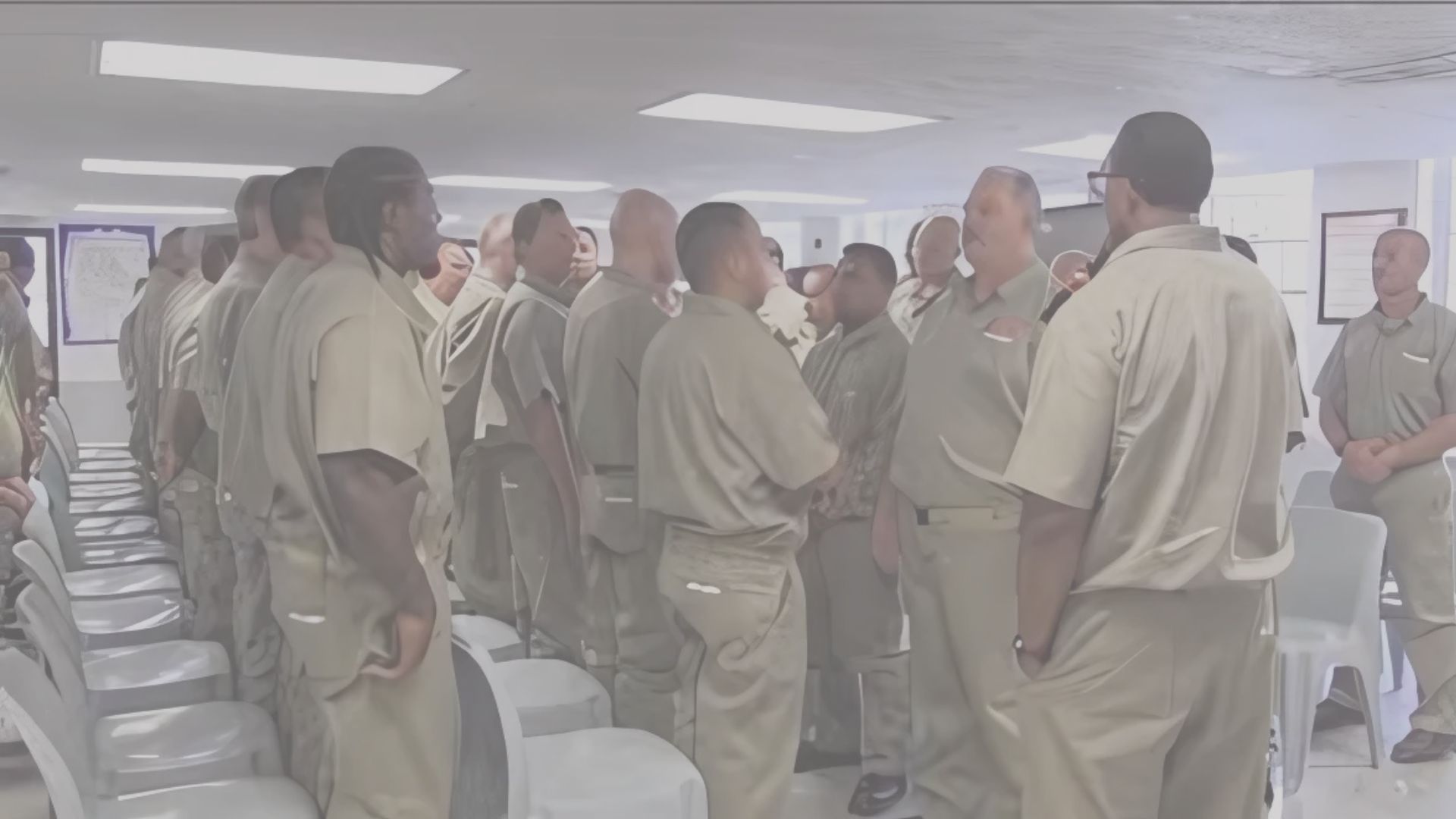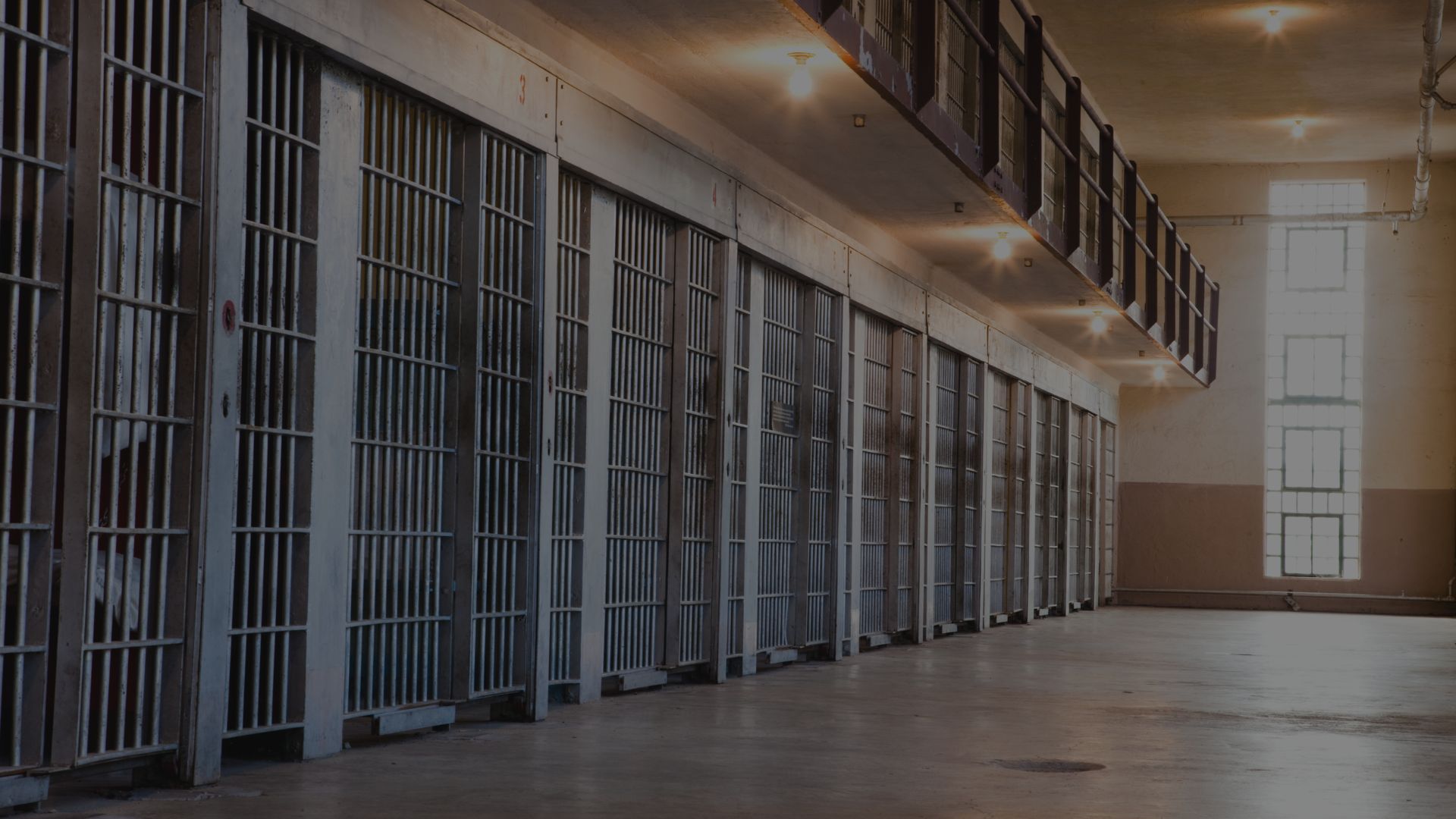Updates, News & Articles
-

Retaliation For Filing Administrative Remedies
Read more: Retaliation For Filing Administrative RemediesWhat Is the Administrative Remedy Program? The Administrative Remedy Program is the Bureau of Prisons’ formal grievance system. It typically moves in four steps: Why Having a Lawyer Helps Staff sometimes dismiss pro se complaints as vague, untimely, or “frivolous.” An attorney can: Draft precise issues tied to policy, Program Statements, and deadlines.Attach evidence (declarations,…
-

The Truth About Federal Prison Programming: Why It’s Both a Joke and a Lifeline
Read more: The Truth About Federal Prison Programming: Why It’s Both a Joke and a LifelineAsk anyone who has served time in a federal prison about programming—ACE courses, GED, or First Step Act (FSA) classes—and you’ll hear the same thing: much of it is a joke. Many courses are “sign and drive,” meaning inmates sign their names and walk away with credit. GED classes often lack serious instruction, and countless…
-

“The Halfway House Is Full…” Are They Lying and Why Would They Say That?
Read more: “The Halfway House Is Full…” Are They Lying and Why Would They Say That?When Your Case Manager Says There’s No Room You’ve done your programs, earned your First Step Act credits, built a strong release plan, and now you’re hoping for a Residential Reentry Center (RRC) or home confinement placement. But when you ask your case manager, they say, “The halfway house is full.” This is a common…
-

Second Chance Act Time: What’s “Average,” How It’s Calculated, and How to Get More
Read more: Second Chance Act Time: What’s “Average,” How It’s Calculated, and How to Get MoreWhat the Second Chance Act Allows The Second Chance Act (SCA) authorizes individualized prerelease custody near the end of a federal sentence. BOP can place a person in an RRC for up to 12 months, and a portion of that term can be served on home confinement—capped by statute at the shorter of 10% of…
-

How to Get Your Custody Level Score Down in Federal Prison
Read more: How to Get Your Custody Level Score Down in Federal PrisonYour Bureau of Prisons (BOP) custody level influences where you’re housed (camp, low, medium, high), job assignments, movement privileges, transfer eligibility, and—practically—how easy it is to work toward reentry. Lower scores generally mean more opportunities and fewer restrictions. What Goes Into the Custody/Security Score Overrides you should know: Public Safety Factors (PSFs) (e.g., greatest severity,…
-

Marijuana Use While on Federal Supervised Release
Read more: Marijuana Use While on Federal Supervised ReleaseMarijuana Use While on Federal Supervised Release: What You Need to Know As more states legalize marijuana for medical and recreational use, many people assume that it is safe to use cannabis if they are not committing any state-level offenses. However, if you are serving a term of federal supervised release, probation, or parole, marijuana…
-

The Two Bobs vs. The BOP
Read more: The Two Bobs vs. The BOPAt The Prison Law Firm, the two Bobs, Robert Root III and Robert Rohrbaugh II take on the Bureau of Prisons every single day. Here’s a look at a recent deposition. Let us take on the Bureau of Prisons for you, your loved one, or your client.
-

Can a BOP 100-Series Shot Disqualify You from Second Chance Act Home Confinement or Halfway House?
Read more: Can a BOP 100-Series Shot Disqualify You from Second Chance Act Home Confinement or Halfway House?Short Answer A 100-series “shot” (the Bureau of Prisons’ Greatest Severity disciplinary offenses) does not impose an automatic, permanent ban on Second Chance Act (SCA) Residential Reentry Center (RRC/halfway house) or home confinement. But it can seriously hurt your chances, shorten your placement, or—under First Step Act (FSA) rules—ordinarily preclude early application of earned time…
-

Writing a Release Plan: Why It’s Important and How to Do It Right
Read more: Writing a Release Plan: Why It’s Important and How to Do It RightWhen you’re in federal prison, one of the most powerful tools you have for earning earlier release and smoother reentry is a release plan. Whether you’re trying to qualify for home confinement under the First Step Act, an RRC (halfway house) placement, or programs under the Second Chance Act, a strong release plan shows the…
-

What Is a PSR and Why Is It So Important?
Read more: What Is a PSR and Why Is It So Important?If you’re facing federal sentencing, one of the most important documents in your case is something you may not even have heard of before: the Presentence Investigation Report (PSR). Judges rely on it. Prosecutors use it. The Bureau of Prisons (BOP) bases your custody on it. And it can follow you long after you’ve served…
-

Understanding Updated Federal Sentencing Guidelines (with examples)
Read more: Understanding Updated Federal Sentencing Guidelines (with examples)The Federal Sentencing Guidelines (FSG) help ensure that sentences across the federal system are fair and consistent. But how do they really work—and what’s new in 2025? Let’s break it down. What Are the Federal Sentencing Guidelines? Developed in 1987 by the U.S. Sentencing Commission (USSC), the FSG provide a structured system for sentencing based…
-

All Federal Prisons Offering RDAP: A Complete Guide
Read more: All Federal Prisons Offering RDAP: A Complete GuideIf you’re serving time in the federal system and battling substance use—RDAP offers a rare chance for rehabilitation and sentence reduction. But it’s not gifted to every facility. This guide reveals exactly where RDAP is available and how you can position yourself to benefit. What Is RDAP? The Residential Drug Abuse Program (RDAP) is the…
-

The 20 Best Federal Prison Camps to Serve Your Time
Read more: The 20 Best Federal Prison Camps to Serve Your TimeIf you’ve been sentenced to federal prison and you’re classified as non-violent, minimum security, you may be eligible for a Federal Prison Camp (FPC) — the most relaxed level of federal incarceration. These facilities offer a less restrictive environment and, in some cases, even access to community work, vocational training, and more humane conditions. At…
-

How to Get Clemency in the Federal System
Read more: How to Get Clemency in the Federal SystemIf you or your loved one is serving a sentence in the federal prison system, the idea of clemency might feel like a distant dream. But clemency is real, and under the right circumstances, it could be the key to freedom, forgiveness, or even a fresh start. At PrisonLawFirm.com, we help families and incarcerated individuals…
-

How to Get Home Confinement and Avoid the Halfway House
Read more: How to Get Home Confinement and Avoid the Halfway HouseFor many federal inmates nearing the end of their sentence, one question dominates:“Can I go home instead of the halfway house?” The short answer is: Yes — under the right circumstances.The longer answer? It depends on how prepared you are, and how well your case is presented. At PrisonLawFirm.com, we break down how the Bureau…
-

First Step Act: Current Implementation in the BOP
Read more: First Step Act: Current Implementation in the BOP1. Full Operationalization of Home Confinement and RRC Policy As of June 17, 2025, the BOP issued a pivotal directive to fully implement the First Step Act and Second Chance Act in relation to home confinement. Among key reforms, the policy ensures that: These changes mark a significant shift toward honoring congressional intent, enabling earlier…
-

20 Most Dangerous Federal Prisons in America
Read more: 20 Most Dangerous Federal Prisons in AmericaThe Federal Bureau of Prisons (BOP) operates over 120 facilities across the country, ranging from low-security camps to maximum-security penitentiaries. While many federal prisons are relatively safe for non-violent offenders, certain institutions have reputations for extreme violence, gang activity, overcrowding, and chronic understaffing. These prisons are where even seasoned inmates feel on edge, and understanding…
-

Who Would Want to Hire a Suspended Lawyer Who Went to Federal Prison?
Read more: Who Would Want to Hire a Suspended Lawyer Who Went to Federal Prison?In the legal world, experience matters. Lawyers market themselves based on years in practice, the cases they’ve won, and the courts they’ve argued before. But when it comes to federal criminal defense and post-conviction advocacy, there is one kind of experience that cannot be taught in law school or learned in a courtroom: the lived…
-

Habeas Corpus: A Lifeline for Federal Prisoners
Read more: Habeas Corpus: A Lifeline for Federal PrisonersWhen you’re serving time in federal prison, every day matters. Whether it’s a miscalculation of credits, a denial of early release opportunities, or an unjust disciplinary action, mistakes by the Bureau of Prisons (BOP) can cost you months—or even years—of freedom. One of the most powerful legal tools available to challenge these errors is the…
-

RDAP in Federal Prison: How It Works and How to Get In
Read more: RDAP in Federal Prison: How It Works and How to Get InIf you’re facing federal prison time — or already incarcerated — you may have heard of RDAP, the Residential Drug Abuse Program. It’s more than just a class. For many inmates, it’s the only way to reduce their sentence by up to 12 months. At PrisonLawFirm.com, we’re here to explain exactly what RDAP is, how…

